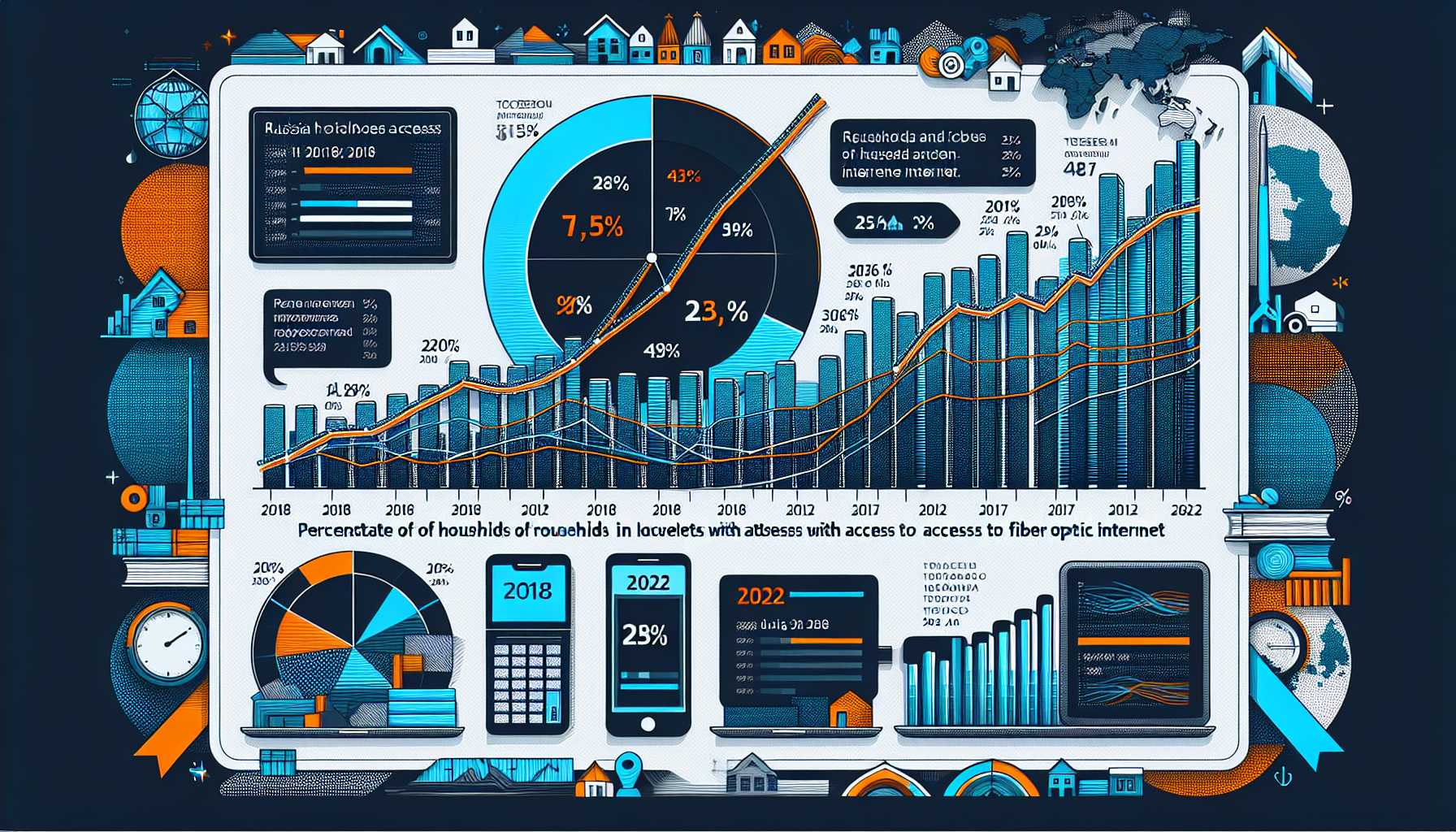Fiber Optic Internet: Revolutionizing High-Speed Connectivity in Russia
Fiber optic internet, a cutting-edge technology, utilizes fiber optic cables to transmit data at lightning-fast speeds. These cables, composed of glass or plastic, are significantly thinner than traditional copper cables, enabling them to convey data over greater distances with unparalleled efficiency.
Rapid Growth in Russia
In Russia, the adoption of fiber optic internet has witnessed a remarkable surge. According to the Russian Ministry of Communications, the percentage of households with fiber optic access has skyrocketed from 25% in 2018 to an impressive 40% in 2022. This growth is attributed to several key factors:
- Increased availability of fiber optic networks
- Reduced costs of fiber optic equipment
- Growing demand for high-speed internet
Advantages of Fiber Optic Internet
Fiber optic internet offers a multitude of advantages over traditional copper cable internet, including:
- Higher speeds: Fiber optic internet can deliver speeds of up to 1 gigabit per second (Gbps), far surpassing the capabilities of copper cable internet.
- Lower latency: Fiber optic internet experiences reduced latency compared to copper cable internet, resulting in less delay during data transmission and reception.
- Greater reliability: Fiber optic cables are less prone to interference, ensuring a more stable and reliable internet connection.
Conclusion
As the percentage of households with fiber optic internet access continues to rise in Russia, it is poised to become the standard for high-speed internet connectivity. Its superior speeds, lower latency, and enhanced reliability make it an indispensable tool for businesses, households, and individuals alike. Fiber optic internet is transforming the digital landscape of Russia, empowering users with unprecedented access to information and entertainment.

